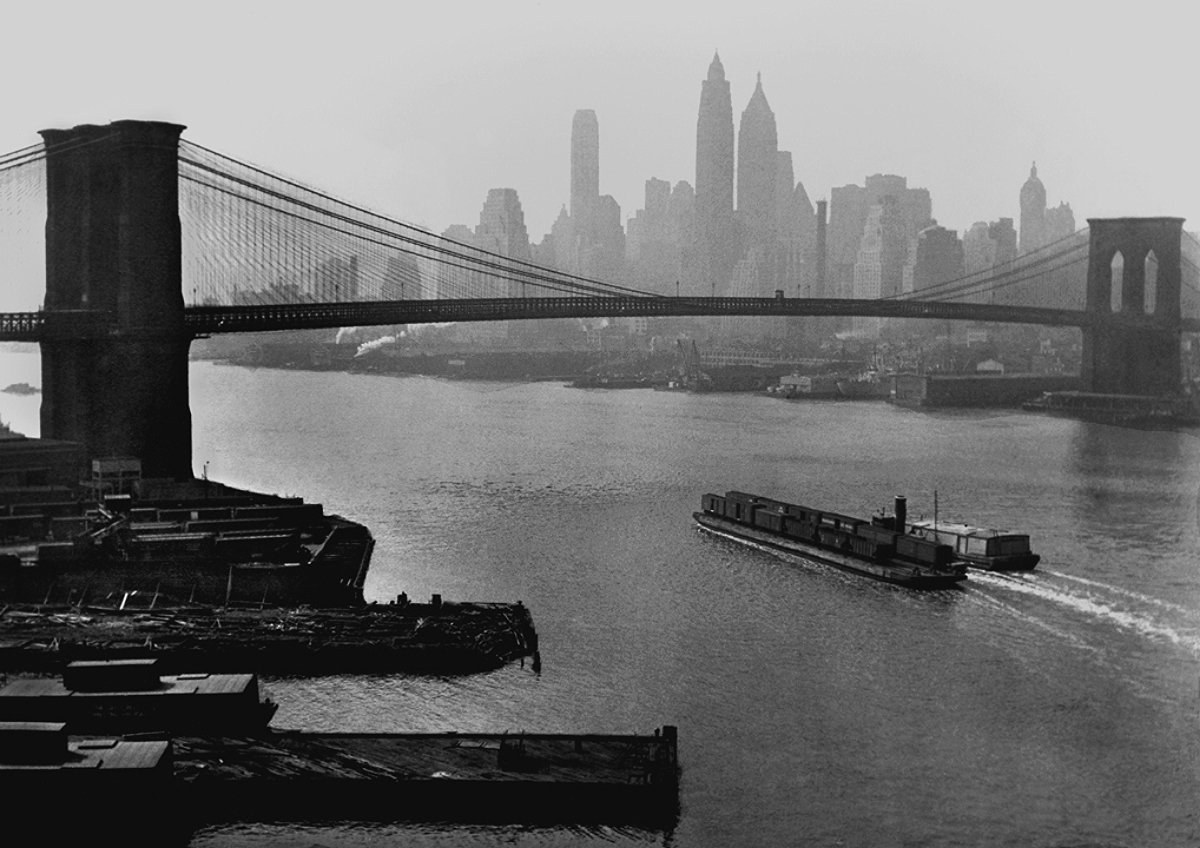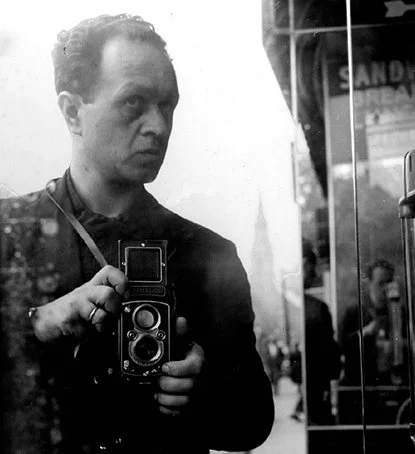
Fred Stein
Fred Stein was born on July 3, 1909 in Dresden, Germany. His father was a rabbi. He was a brilliant student, and as a teenager he was deeply involved in politics and became an early anti-Nazi activist. He went to Leipzig University to study law, but when the Nazis took over the government, he was denied admission to the German bar for “racial and political reasons.” Life in Dresden grew more and more dangerous, and after the Gestapo began making inquiries about him, Stein fled to Paris in 1933 with his new wife, Liselotte Salzburg, under the pretext of taking a honeymoon.
In Paris they were in the center of a circle of expatriates, intellectuals and artists. In order to make a living, Stein began taking photographs. He was a pioneer of the small, hand-held camera, and with the Leica which he and his wife had purchased as a joint wedding present, he went into the streets to photograph scenes of life in Paris. He photographed the people he found there with immediacy and candor. He saw with clarity where most people would only see despair. He also became acquainted with and photographed some of the leading personalities of Europe.
When Germany declared war on France in 1939, Stein was put in an internment camp for enemy aliens near Paris. He managed to escape, and after a hazardous clandestine journey through the countryside, met his wife and baby girl in Marseilles, where they obtained visas through the efforts of the International Rescue Committee. On May 7, 1941, the three boarded the S.S. Winnipeg, one of the last boats to leave France. They carried only the Leica and some negatives.
New York was a vibrant center of culture, and Stein seized the opportunity. He met and photographed writers, artists, scientists, politicians, and philosophers whose work he knew through his extensive reading and study. This enabled him to engage them in conversation during portrait sessions. He continued his fascination with street life, walking through New York, documenting life from Fifth Avenue to Harlem. He worked unobtrusively and quickly, valuing the freedom to capture the telling moment that reveals the subject in its own light, not as incidental material for photographic interpretation. He did not retouch or manipulate the negative.
Stein was a member of the Photo League for a time, until he became disenchanted with their pro-Communist sympathies. He never worked on the staff of a newspaper or magazine, preferring the freedom to shoot people and scenes that interested him, and then offering his work to publishers and photo editors of magazines, newspapers, and books. Portraits were his main income-generating work and he photographed many people on commission.
Stein died in 1967 at the age of 58. His portraits and reportage had appeared in newspapers, magazines, and books throughout the world. He also lectured and held a number of one-man exhibitions and had several books published. But he was not a self-promoter, and so his work was never promoted during his lifetime. His portrait of Albert Einstein is his most famous picture: an iconic image of a great soul.

